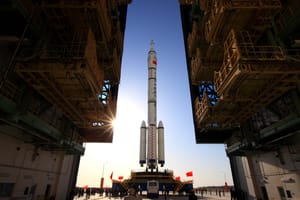
Feb 20, 2024
What are the orbital launch sites of China?
Over the past decade, China has routinely been the second most prolific launcher of orbital rockets delivering thousands of satellites and spacecraft to space. To achieve this feat, the country has four launch sites inside its territory as well as sea-based launch-supporting platforms. But what are these launch sites and spaceports?
Jiuquan Satellite Launch Center
The oldest launch site in China is the Jiuquan Satellite Launch Center, founded in 1958 as a missile test facility. The site is located along the border of the Gansu and Inner Mongolia provinces in the north of the country. Jiuquan is home to six orbital launch pads for China's state and private launch providers.
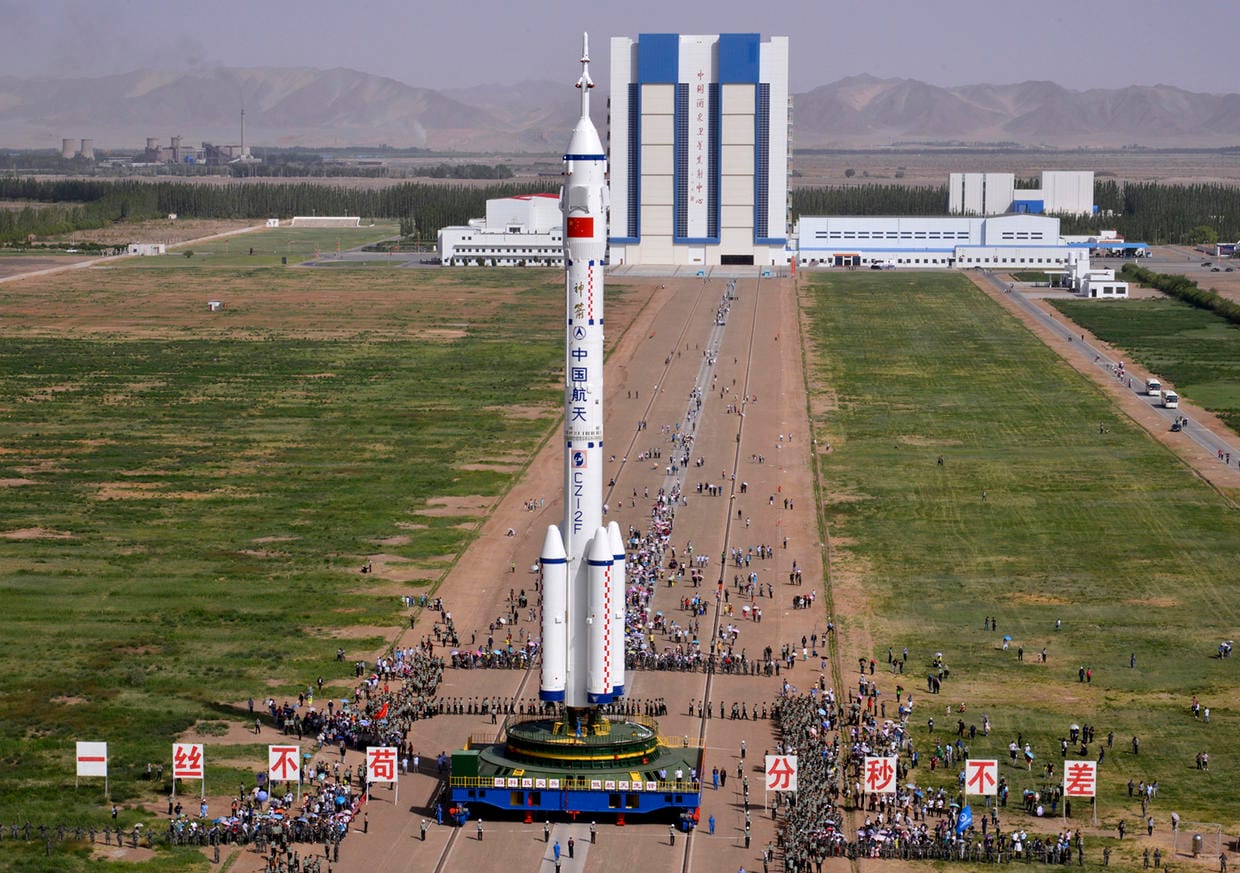
There are two launch pads for the Long March series of rockets at Jiuquan and are Site 901 and 9401. Site 9401 supports the Long March 2C, 2D, 4B, and 4C rockets and has had a reported one hundred and ten launches from the pad. Site 901 only supports the Long March 2F/T, which launches the Shenzhou spacecraft and China's reusable spaceplane, and has had a reported twenty-two launches from the pad.
Jiuquan is home to three launch pads for China's private launch companies and are Site 96, Site 120, and Site 130. Site 130 is used by CAS Space to launch its Kientica 1 rocket and has launched three times from the site. Site 120 is currently used by Space Pioneer to launch its Tianlong-2 rocket, which has only launched once, Tianlong-3 may also launch from Site 120. The third site used by a private launch company is Site 96 for LandSpace and its Zhuque-2 rocket, which has launched three times from the site and twice successfully to orbit. LandSpace may also use Site 96 for its upcoming Zhuque-3 rocket.
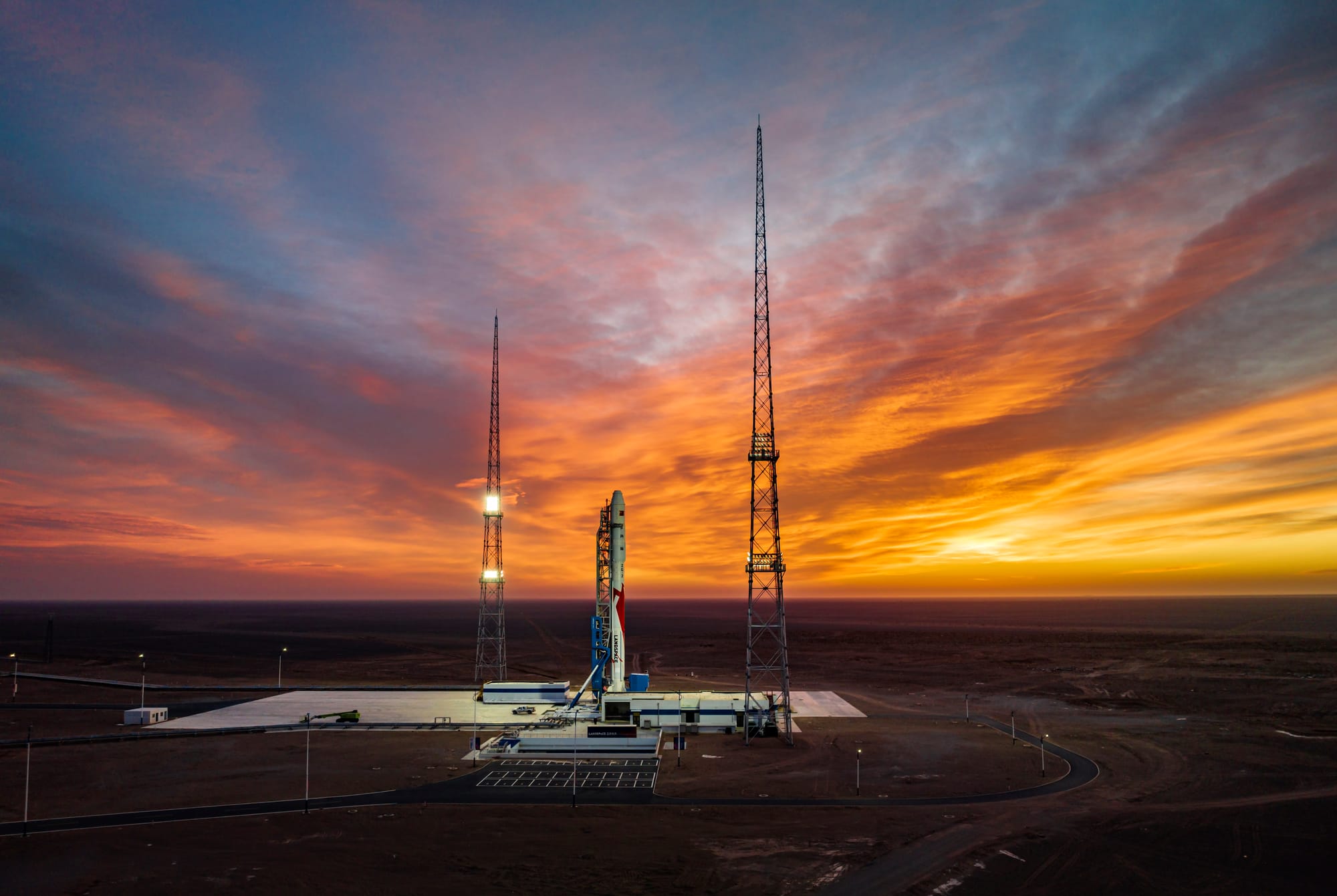
Also at Jiuquan is a shared launch pad, between state and private launch companies, used for operating solid fuelled rockets called Site 95A. Site 95A has supported the following rockets: Kuaizhou-1, OS-M1, Zhuque-1, Kaituozhe-2, Kuaizhou-1A, Kuaizhou-11, Hyperbola-1, Ceres-1 , Jielong-1, and the Long March 11.
Jiuquan Satellite Launch Center is also the only launch site in China able to support launching crews to orbit, having done so for twelve missions as of writing. Jiuquan to this day remains a mostly military area and off-limits to civilians, the site encompasses approximately two thousand eight hundred square kilometers of land.
The site is named after the city of Jiuqan due to only being one hundred and ninety-four miles away, despite mostly residing in the province of Inner Mongolia.
Xichang Satellite Launch Center
The most active launch site in China is the Xichang Satellite Launch Center, founded in 1970 and beginning operation in 1984, having hosted two hundred launches, as of writing. The site is located in the province of Sichuan in the south of China. Xichang is home to two launch pads for state-owned launch providers.
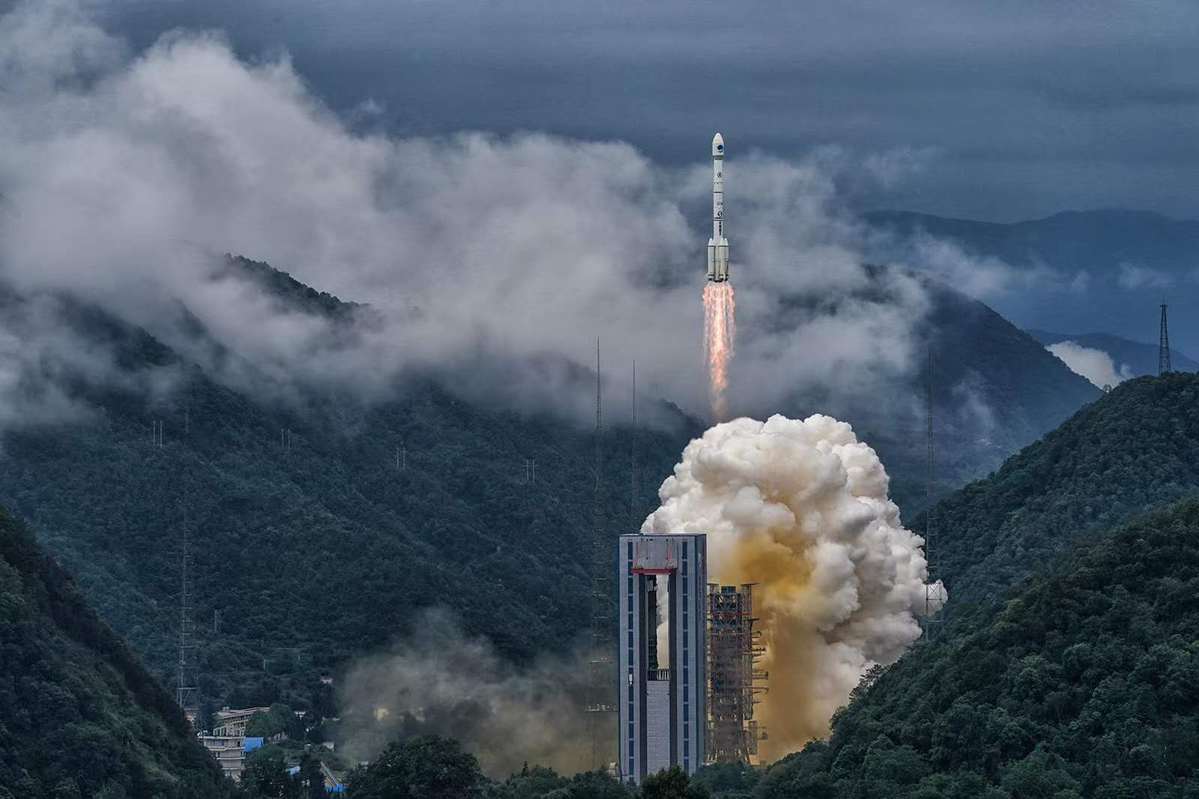
The first operational launch pad at Xichang was Launch Complex 3, which had its first launch in January 1984. Launch Complex 3 currently supports the Long March 2C, 2D, 3, 3A, 3B/E, 3C/E, and 4C rockets. It is believed that the launch pad has supported approximately eighty-three launches to date.
The second launch pad at Xichang was Launch Complex 2, which had its first launch in July of 1990. Launch Complex 2 currently supports the Long March 2E, 3A, 3B/E, and 3C/E rockets. It is believed that the launch pad has supported over one hundred and ten launches to date.
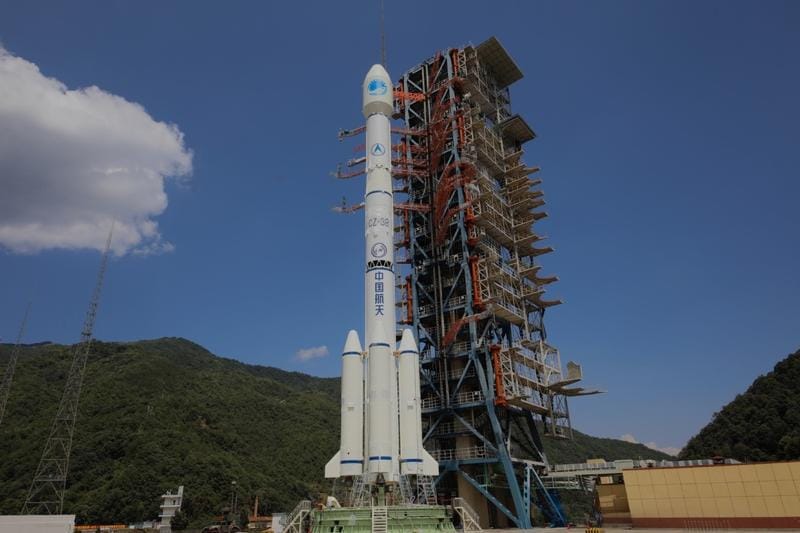
Xichang hosted the first launch of China's lunar exploration program in 2007 with the launch of Chang'e 1 to orbit the Moon. The site was also considered in the 1960s to be the launch site for the country's crew space program before the project was dissolved in 1972. Xichang is also currently the 'go-to' launch site for geostationary launches in China.
The site is named after the City of Xichang due to it being forty miles away from the city.
Taiyuan Satellite Launch Center
The second oldest launch site in China is the Taiyuan Satellite Launch Center, founded in 1966 as a military test facility. The site is located in the province of Shanxi in the north of China. Taiyuan is currently home to three operational launch pads for state and private launch providers.
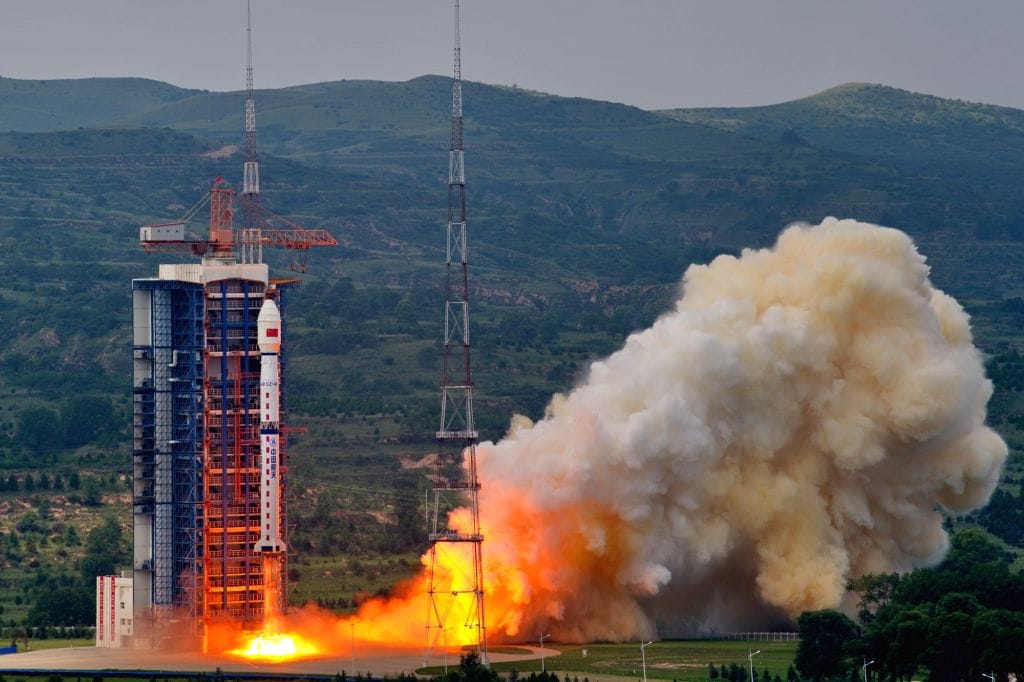
The oldest launch pad in operation at Tiayuan is LC-9, which had its first launch in October of 2008. LC-9 currently supports the Long March 2C, 2D, 4B, and 4C rockets. It is believed that LC-9 has supported seventy-six launches to date.
One of the launch pads at Taiyuan is shared between state and private launch providers, that pad is LC-16. LC-16 had its first launch in September of 2015 and is believed to have been used twelve times to date. LC-16 currently supports the Long March 6 and the Kuaizhou-1A.
The newest launch site at Taiyuan is LC-9A having had its first launch in March of 2022. LC-9A currently only supports the Long March 6A, having had the rocket liftoff from the pad four times.
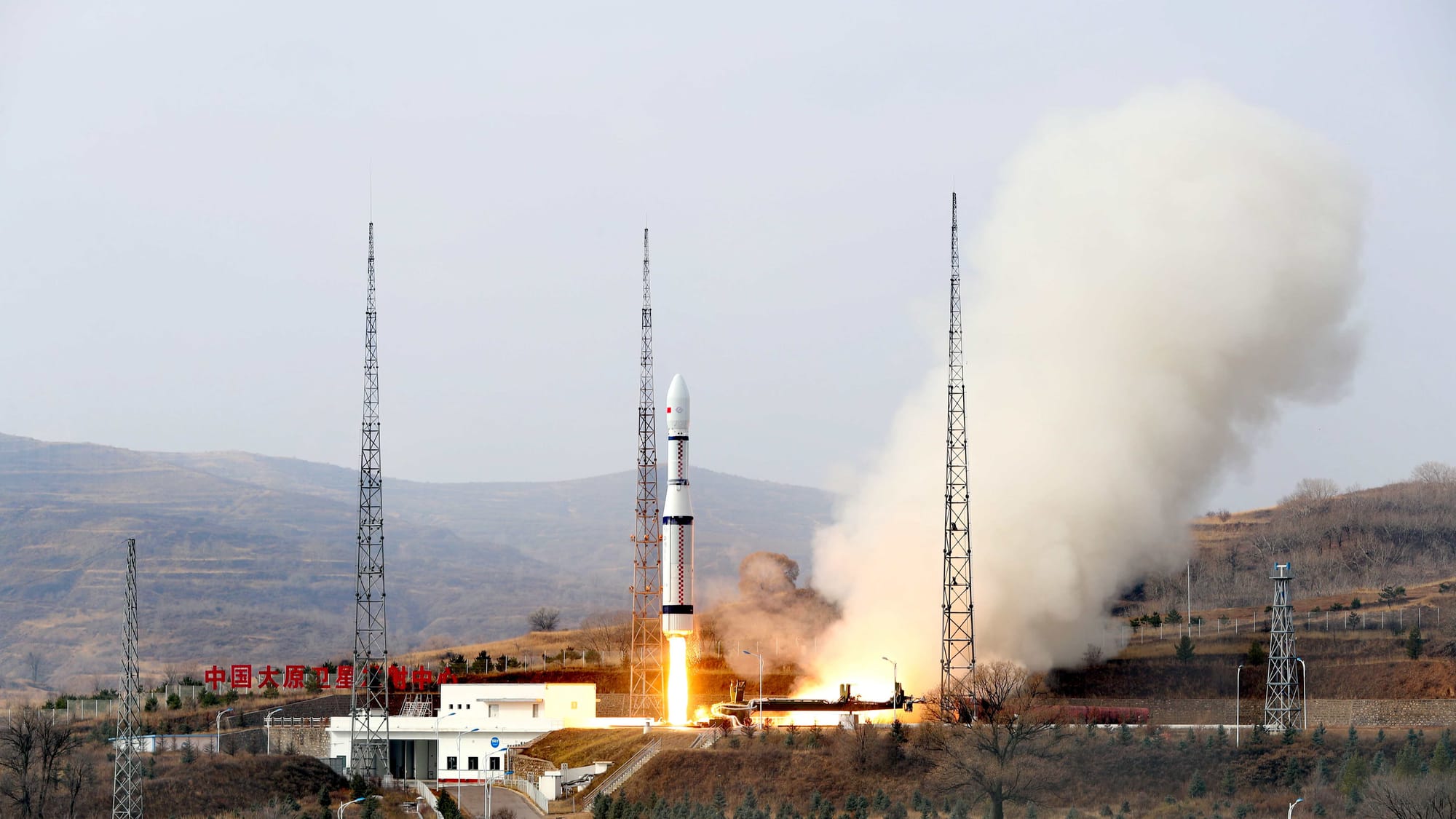
Taiyuan Satellite Launch Center remains mostly a military facility and is off-limits to civilians.
The site is named after the city of Taiyuan due to it being eighty-four miles away from the city.
Wenchang Space Launch Site
The newest launch site in China is the Wenchang Space Launch Site, founded in 2007 as a purpose-built space launch facility to support the crewed and lunar programs. The site is the southernmost orbital launch facility in China is located on the island province of Hainan. Wenchang is currently home to two launch pads with two more currently under construction.
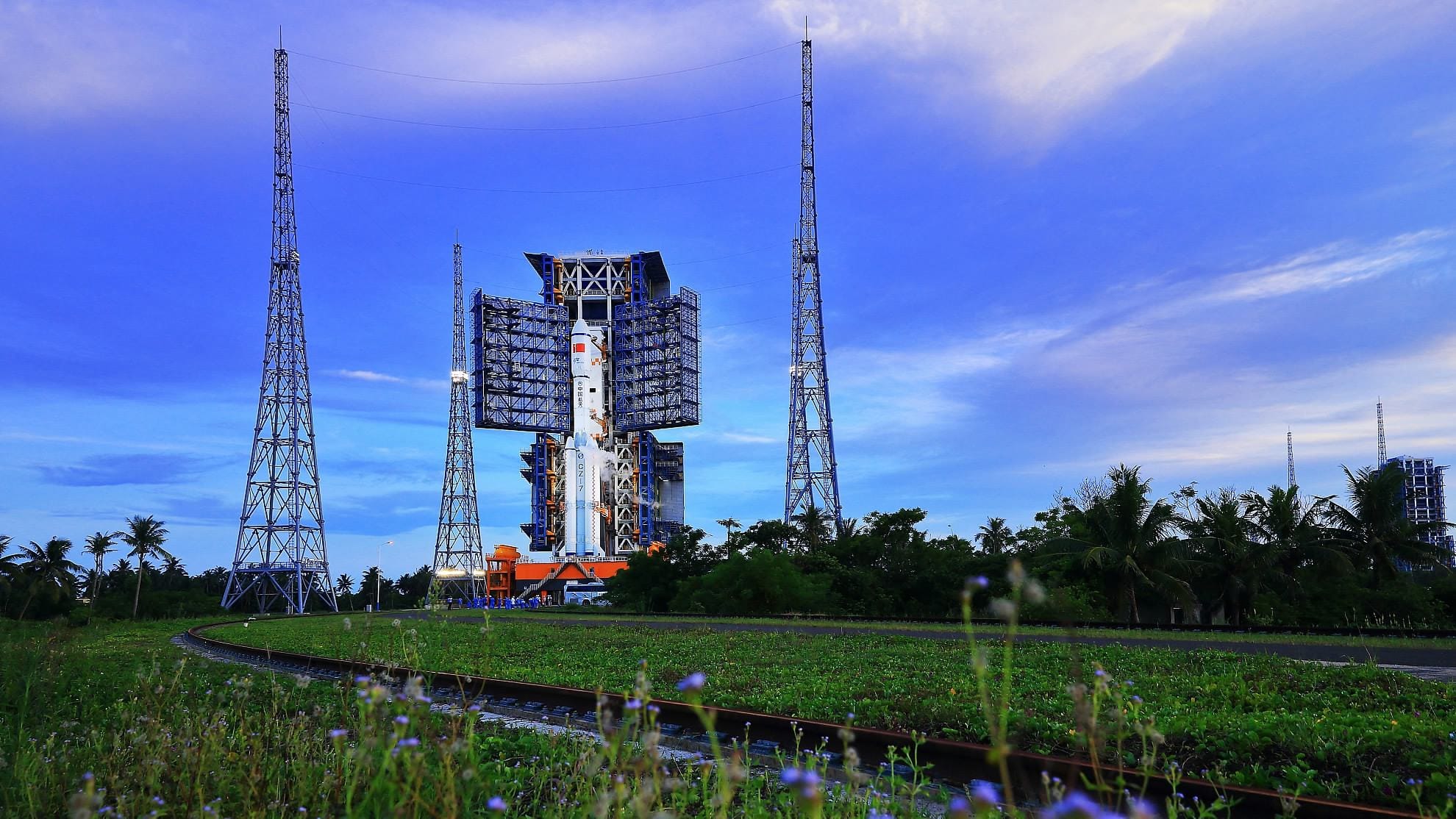
The first launch from Wenchang took place on June of 2016 from Launch Complex 2. Launch Complex 2 can support the Long March 7, 7A, and 8 rockets. To date, the launch pad has supported sixteen missions.
The second launch pad at Wenchang is Launch Complex 1 which had its first launch in November of 2016. Launch Complex 1 can support China's largest operational rockets, the Long March 5 and 5B.
There are also two more launch pads under construction at Wenchang called Hainan Commerical Pad 1 and 2 respectively. Commercial Launch Pad 1 will currently only support the Long March 8. Commercial Launch Pad 2 is planned to support the following rockets: Pallas-1, Tianlong-3, Nebula-1, Gravity-2, Kinetica 2, and the Long March 12.
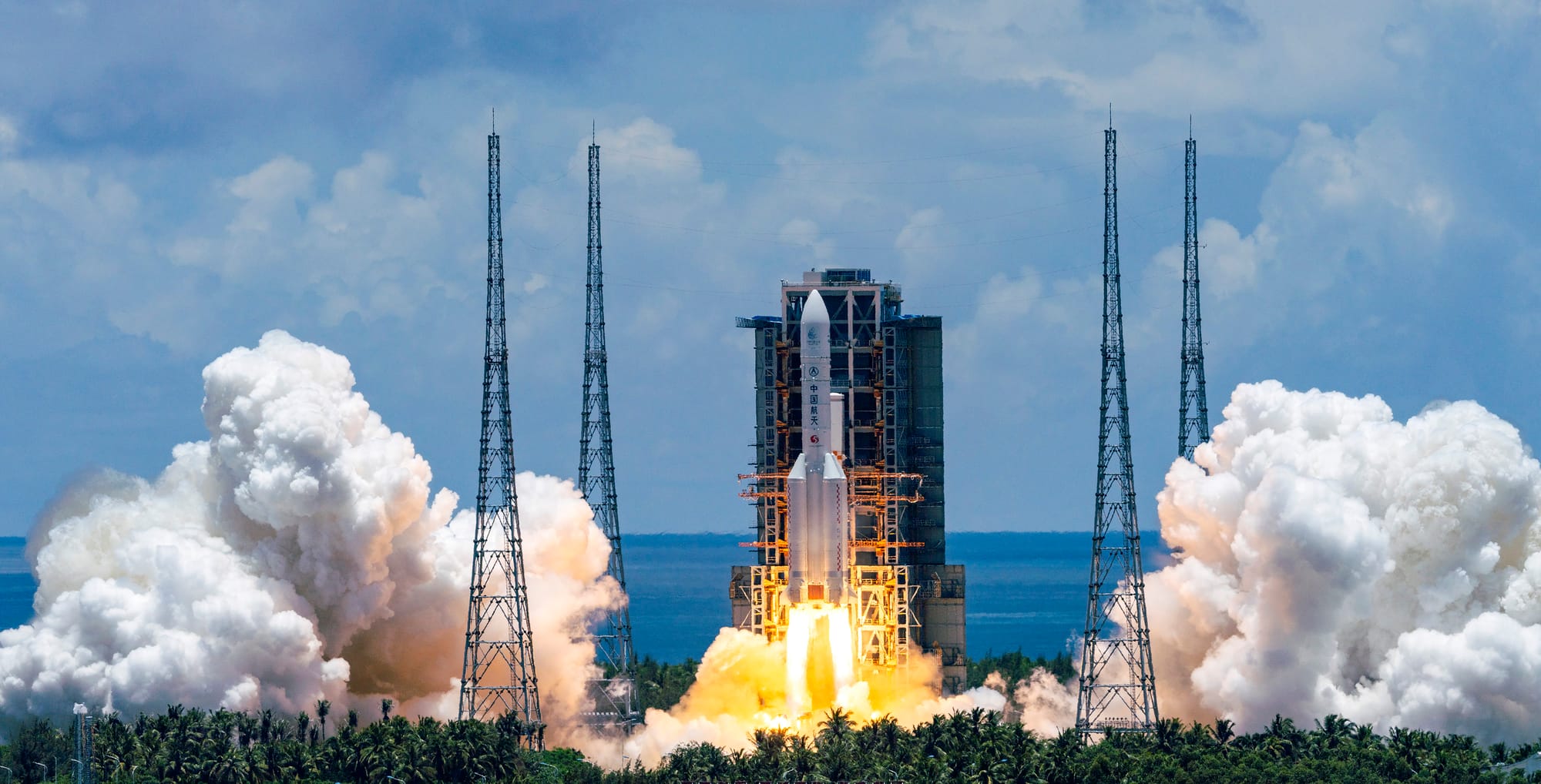
Wenchang is China's most favorable launch site for launching rockets to geostationary transfer orbits due to its proximity to the equator. It is also located next to the sea meaning it is the only launch site in China where rocket stages won't fall back on land. Wenchang is also a favorite among space enthusiasts due to how easy it is to see a launch from the site.
The site is named after the city of Wenchang due to it being only twelve miles away from the city.
Sea-based launch ships
China's state and private launch providers also launch from sea-based platforms due to how busy the 'land-based' launch sites are. Most of the sea launches are supported from Haiyang, in the province of Shandong.
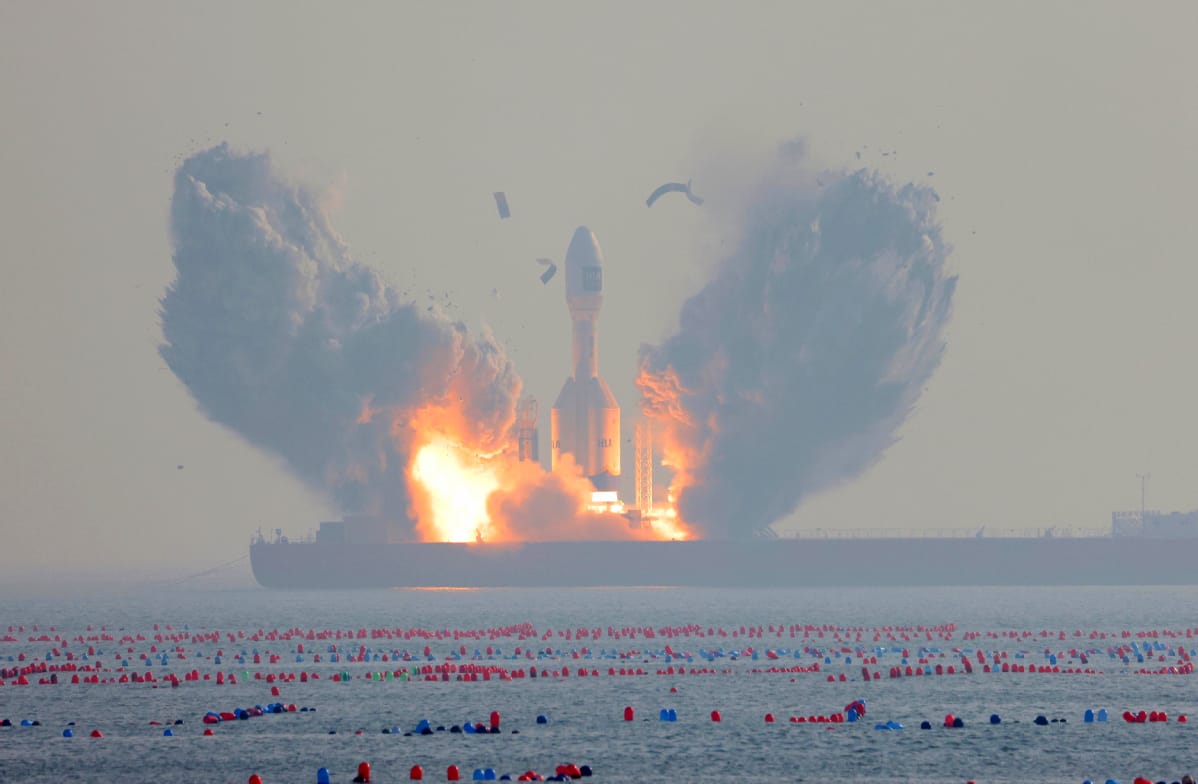
Haiyang is a popular choice due to how simple it is to reach a polar or sun-synchronous orbit while avoiding overflying other nations. Galactic Energy, OrienSpace, and China Rocket are three companies believed to have facilities in Haiyang to support sea launch operations.
China's current sea launch rockets are believed to be as follows: Ceres-1S, Jielong-3, Gravity-1, and the Long March 11. In-development rockets like Pallas-1 also plan on launching from sea-based platforms.
It is unknown exactly how many ships support China's sea launch capability or how far from their home port they can travel.



